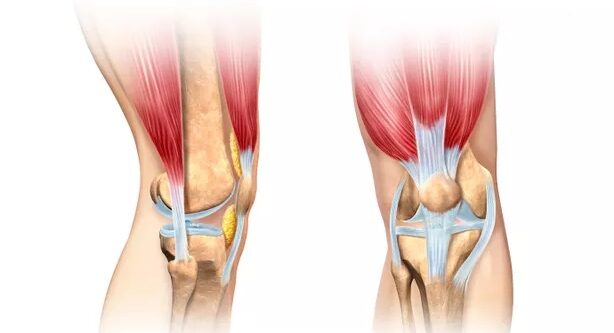- Home
- Knee Microfracture Surgery
Knee Microfracture Surgery
Microfracture Surgery for Cartilage Damage
Microfracture surgery is a treatment option that can help repair areas of damaged cartilage. If you have a small area of cartilage damage (not widespread arthritis), microfracture surgery may help stimulate new cartilage growth. While it is most commonly performed for knee joint problems, it can also be used effectively for problems in other joints in the body. It has also been used for treatment in other joints including the hip, ankle, shoulder, elbow, and other joints.

What Is Microfracture Surgery?
A microfracture procedure creates small holes in the bone. The surface layer of bone, called the subchondral bone, is hard and lacks good blood flow. By penetrating this hard layer, a microfracture allows the deeper, more vascular bone to access the surface of the joint. This deeper bone has a rich blood supply, and the cells can get to the surface layer to stimulate cartilage growth.
How Does it Work?
This procedure allows blood and stem cells to form a clot in the area of the cartilage defect. These cells have the ability to form a cartilage layer within the defect. In this way, the body is able to repair the damaged area of cartilage by stimulating blood flow to the defect.
BOOK AN APPOINTMENT
“KNEEO Technique” For Knee Replacements
Procedure
A microfracture can be performed as part of arthroscopic knee surgery. Other joints can be treated similarly, also by arthroscopic surgery.
During the procedure:
- First, the area undergoing microfracture is prepared by removing any loose or damaged cartilage.
- The area undergoing microfracture should be less than about 2 centimeters in diameter and have good, healthy surrounding cartilage.
- A small, sharp pick (awl) is used to create the small microfracture holes in the bone.
- The number of microfractures created depends on the size of the joint being treated. Most people with a 1- to 2-centimeter area of damage require five to 15 small microfracture holes in the bone.
Recovery and Rehabilitation
One of the keys to successful treatment is appropriate rehabilitation following microfracture surgery. Rehabilitation must protect the area treated by microfracture while maintaining the strength and motion of the knee joint.
Most people need to use crutches after surgery. Often, a knee brace will be recommended. And in some situations, a motion machine to bend the knee may be used.
Outcomes and Limitations
Microfracture can be an excellent procedure, providing substantial pain relief. One of the concerns with microfracture is that it does not stimulate the growth of normal joint cartilage here are many types of cartilage, and one of these (hyaline cartilage) is normally found on the joint surface. Microfracture stimulates the growth of another type of cartilage commonly found in scar tissue (called fibrocartilage). Unlike hyaline cartilage, fibrocartilage does not have the same strength and resiliency as cartilage normally found in a joint. Therefore, there is a chance that the cartilage stimulated by a microfracture procedure will not stand up over time.
Alternatives
Microfracture surgery is generally considered the first-line treatment for cartilage damage in the knee joint. Before deciding to have microfracture surgery, you and your surgeon will discuss other treatments for cartilage defects, such as cartilage transfer and cartilage implantation.
The success of these surgical options has been shown to be no better than microfracture, while the risks and costs of microfracture are dramatically less.2 Some of these other surgical options are generally done for athletes who have failed to improve after microfracture surgery


